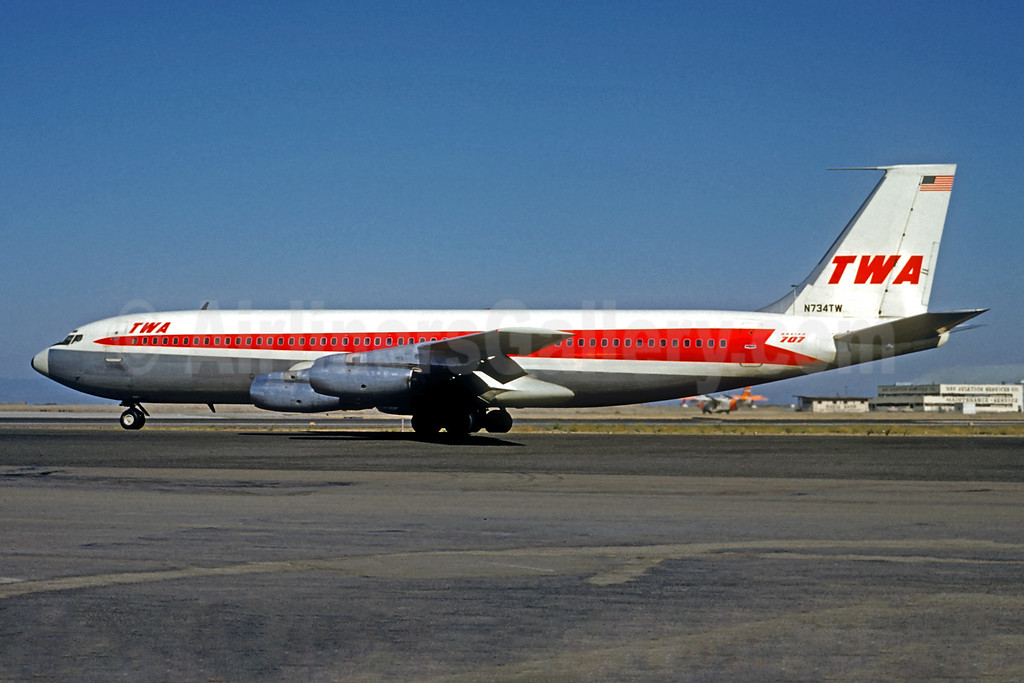
The Boeing 707 is an American, long-range, narrow-body airliner, the first jetliner developed and produced by Boeing Commercial Airplanes. Developed from the Boeing 367-80 prototype first flown in 1954, the initial 707-120 first flew on December 20, 1957. Pan Am began regular 707 service on October 26, 1958. With versions produced until 1979, the 707 was a swept wing, quadjet with podded engines. Its larger fuselage cross-section allowed six-abreast economy seating, retained in the later 720, 727, 737, and 757 models.
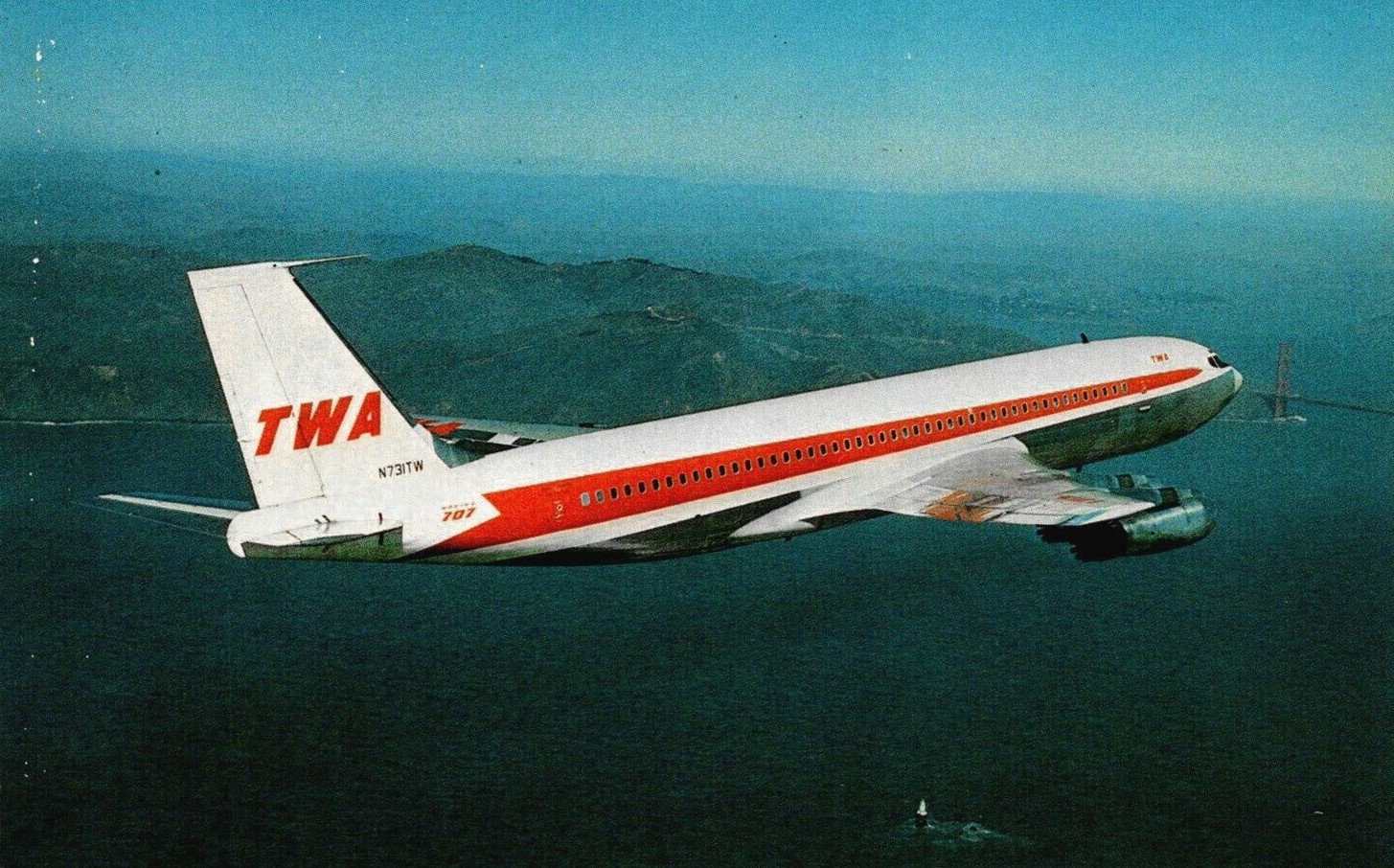
Although it was not the first commercial jetliner in service, the 707 was the first to be widespread, and is often credited with beginning the Jet Age. It dominated passenger air transport in the 1960s, and remained common through the 1970s, on domestic, transcontinental, and transatlantic flights, as well as cargo and military applications. It established Boeing as a dominant airliner manufacturer with its 7x7 series. The initial, 145-foot-long (44 m) 707-120 was powered by Pratt & Whitney JT3C turbojet engines. The shortened, long-range 707-138 and the more powerful 707-220 entered service in 1959. The longer-range, heavier 707-300/400 series has larger wings and is stretched slightly by 8 feet (2.4 m). Powered by Pratt & Whitney JT4A turbojets, the 707-320 entered service in 1959, and the 707-420 with Rolls-Royce Conway turbofans in 1960.
Controls:
AG1: Navigation lights
AG2: Beacon lights
AG4: Reverse thrust
AG5: Landing lights
AG8: Nose gear lights
VTOL: Flaps
Trim: Adjust trim
Special thanks to @JP11 for the beautiful screenshots
Specifications
General Characteristics
- Successors 32 airplane(s) +258 bonus
- Created On Windows
- Wingspan 139.6ft (42.6m)
- Length 146.6ft (44.7m)
- Height 39.0ft (11.9m)
- Empty Weight N/A
- Loaded Weight 121,601lbs (55,157kg)
Performance
- Power/Weight Ratio 0.859
- Wing Loading 18.6lbs/ft2 (90.6kg/m2)
- Wing Area 6,552.5ft2 (608.8m2)
- Drag Points 24392
Parts
- Number of Parts 390
- Control Surfaces 15
- Performance Cost 1,803



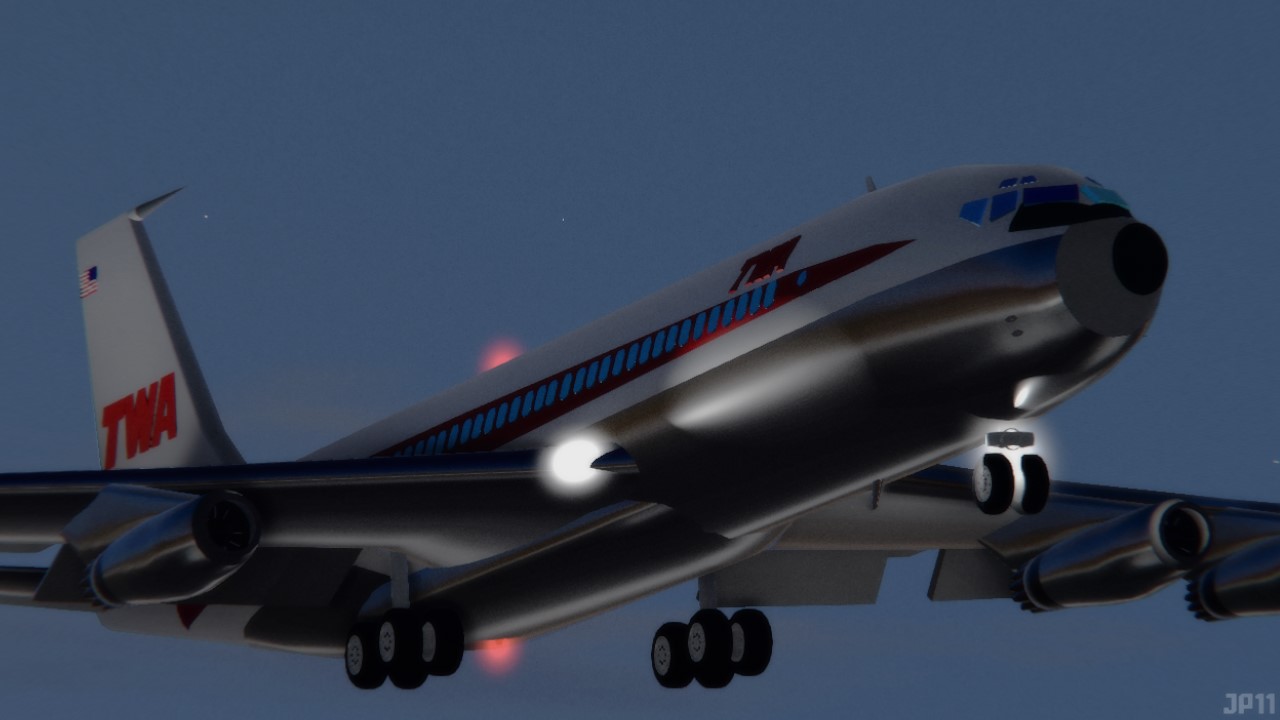
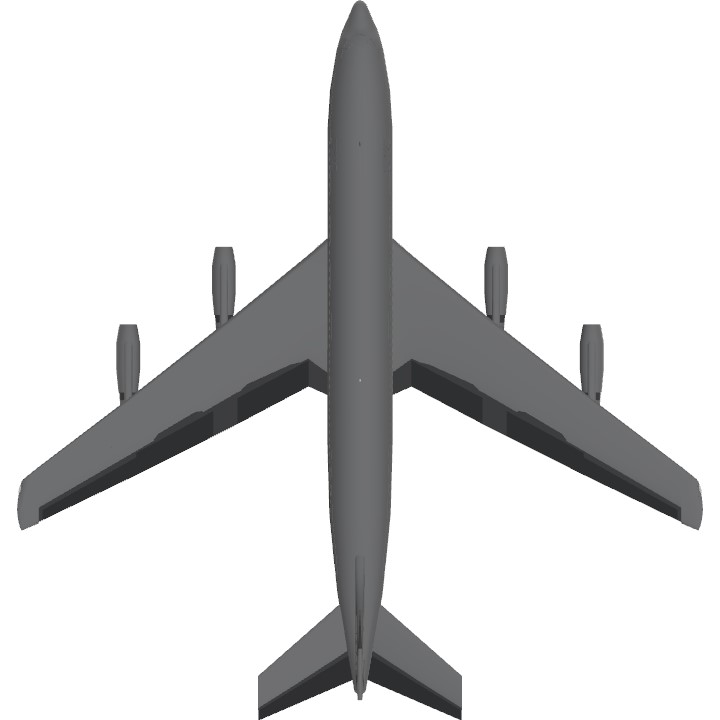
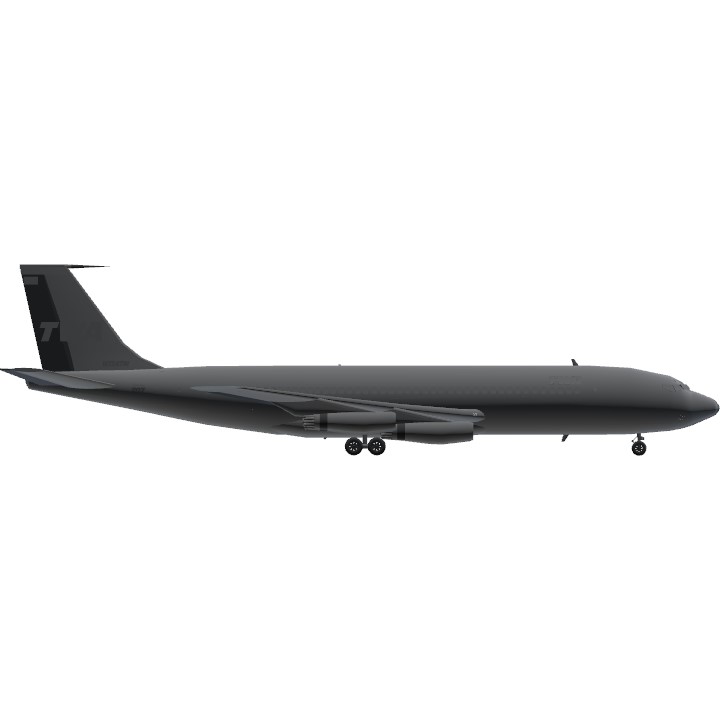
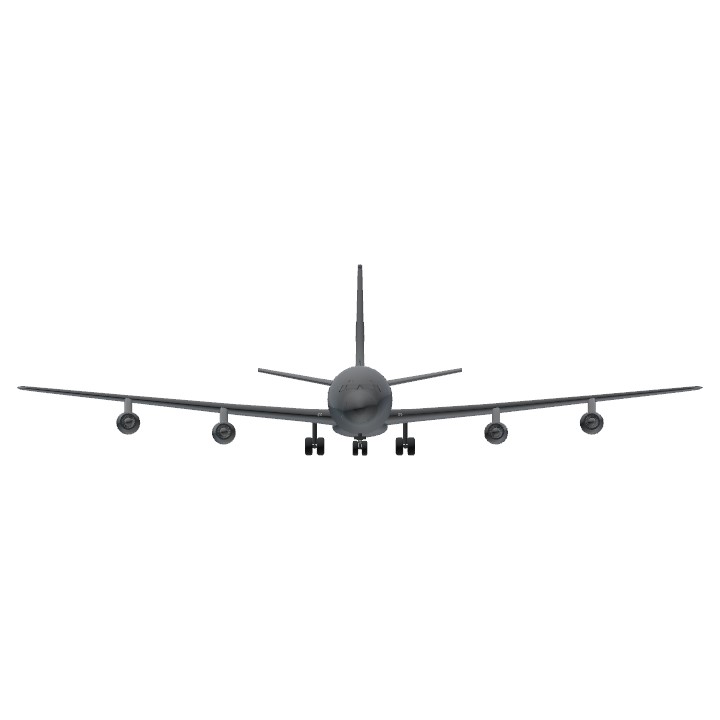
Plane good but map name?
Nice job
@TupolevTU144Charger just do it themselves smh
nice plane 👍
trans@TupolevTU144Charger I don’t see why people can’t just delete the livery and then make a new one
Nice TWA 707, my cousin's mother rode on Pan Am or TWA before they got bankrupt
@TupolevTU144Charger No
Can I make the blank version? So people can make liveries
Nice aircraft
Bro used my term screenies